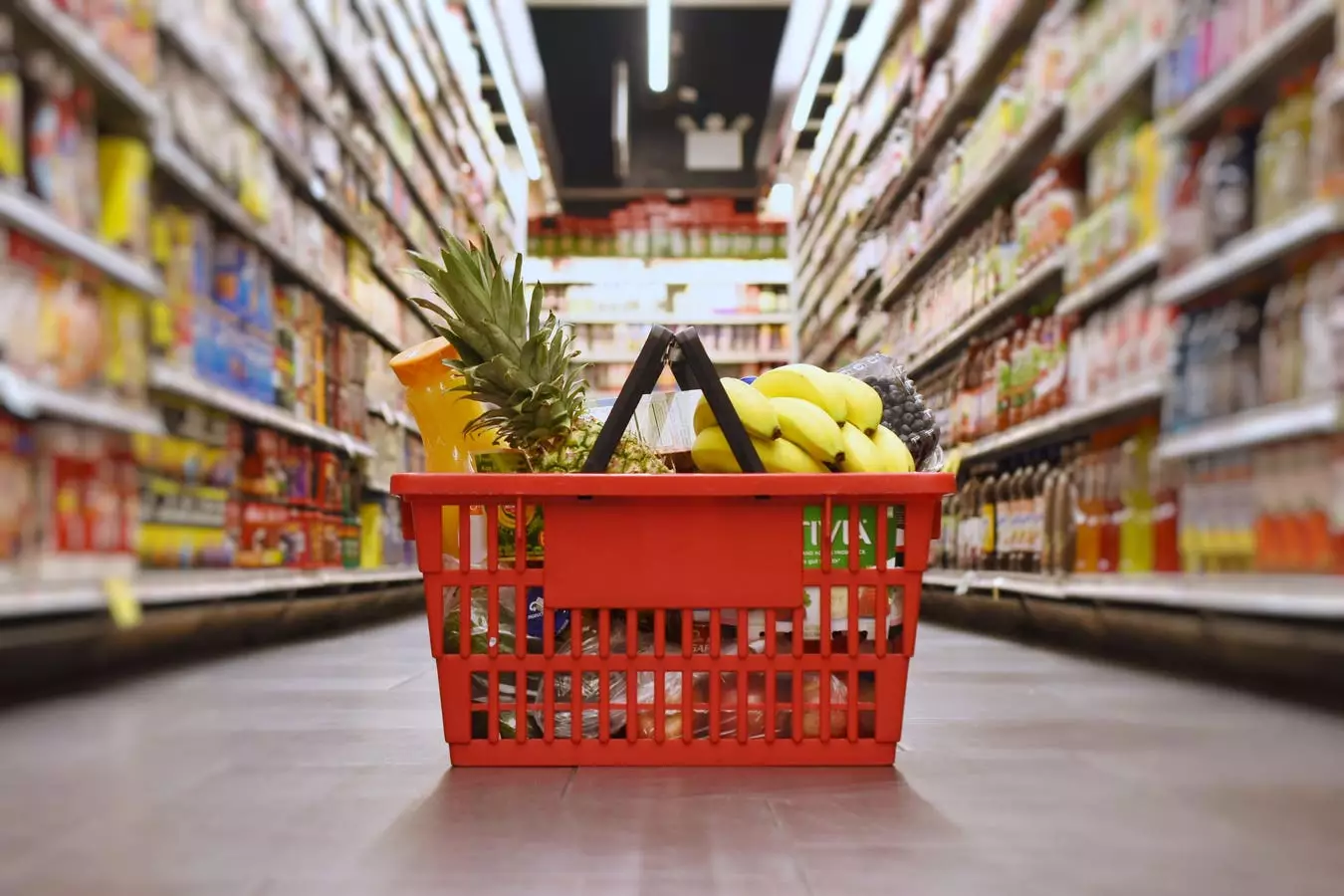In a bold and controversial move, President Donald Trump set the stage for rising costs by imposing a 25% tariff on a select range of products from the United States’ closest trade partners, Mexico and Canada. This decision, which culminated after weeks of threats, is stirring the pot of economic uncertainty and dissatisfaction among American consumers and retailers alike. Faced with soaring prices on everyday items, this latest policy can be seen as a double-edged sword—with potential short-term gains for domestic producers but significant long-term ramifications for the average American household.
Economic Fallout: The Numbers Tell the Tale
Research conducted by the National Retail Federation reveals a daunting forecast: American consumers could face a staggering loss of spending power totaling between $46 billion and $78 billion annually should these tariffs expand globally. While specific estimates on price increases vary, the Peterson Institute for International Economics suggests that food, beverages, and general merchandise could witness price hikes anywhere from 0.81% to 1.63%. For the average U.S. household, this translates to an alarming increase in annual expenses, estimated at around $1,200. The grim reality is that these tariffs are set to strain household budgets, particularly impacting those situated in the lower income brackets who would feel the bite more acutely.
Who Really Gains? An Uneven Playing Field
Digging deeper into the economic consequences, it becomes clear that those who stand to benefit the most from these tariff changes are not the everyday workers but rather the wealthiest segment of society. The report underscores that the tax cuts enacted in the 2017 Tax Cuts and Jobs Act would provide only meager respite against the ensuing financial burdens imposed by these tariffs. Thus, while the top 20% might find a paltry gain within the interplay of tax benefits and tariffs, nearly 60% of families from lower and middle-income households could end up significantly worse off. Such economic stratification raises crucial concerns about equity and fiscal responsibility within the larger economic framework.
Retailers on Edge: A Shift in Strategy?
The imposition of tariffs calls for an urgent reassessment of marketing and pricing strategies among retailers. In Canada, a notable consumer backlash is emerging, evident in a burgeoning movement to buy locally amidst sentiments against U.S. products. This trend illustrates not only a growing sense of national pride but also a keen awareness among consumers about how tariffs inadvertently promote local industries. Simultaneously, American retailers, including giants like Walmart, are bracing for the financial storm ahead. As the economic climate grows increasingly uncertain, many are cautioning that the next year could unfold as a significantly daunting venture, inciting fears of dwindling profits and brand loyalty.
The diversity of the products subjected to tariffs exacerbates the predicament retailers face. From dairy and meat to textiles and alcohol, the breadth of items impacted suggests a widespread disruption affecting various facets of retail operations. As prices inevitably surge—e.g., an increase from $50 to $59 or $64 for athletic shoes—the inescapable truth stands: low-income families will bear the brunt of this decision harder than any other demographic.
Inflation and Consumer Behavior: Changing Dynamics
As consumer prices hit a peak growth rate not seen in close to 18 months, indicating a troubling inflationary trend, one must wonder how this will reshape purchasing behaviors. In January alone, the consumer price index spiked by 0.5%, evidenced by higher costs across an array of goods and services. The Federal Reserve’s reluctance to cut interest rates amid these conditions only compounds the challenges for consumers trying to balance their finances. When paired with the already heightened concerns about inflation witnessed during the early tenure of the Biden administration, it becomes abundantly apparent that tariffs will serve to exacerbate these tensions.
Moreover, with Mexico and Canada being key suppliers of essential goods—including about 34% of all meat and a significant portion of fresh vegetables consumed in the U.S.—it’s logical to anticipate that the ripple effects of these tariffs will permeate through the entire supply chain, sinking further into the pockets of American consumers. As the cost of living continues to escalate, many households may find themselves re-evaluating their spending habits in response to an increasingly expensive marketplace.
The Road Ahead: A Challenging Landscape
The ramifications of this tariff hurdle paint a stark picture of economic disparity, uncertainty, and changing consumer behavior. The challenging path indicated by these financial dynamics serves as a crucial reminder of the delicate balance between domestic production and the dependence on foreign partners. Facing potential price hikes and an evolving retail landscape, it is critical for consumers to adapt swiftly to shifting economic terrains. In doing so, they stand not only to safeguard their financial futures but also to contribute to a robust national conversation about trade and economic policy.


Leave a Reply